
Educational Robotics Activities for Young Learners
Chosen theme: Educational Robotics Activities for Young Learners. Welcome to a playful, curiosity-fueled journey where little hands build big ideas through robots, stories, and simple code. Explore engaging activities, warm anecdotes, and classroom-tested tips crafted to spark wonder, persistence, and collaboration.
Why Robotics Belongs in Early Childhood
Young children learn best when ideas become tangible. With educational robotics activities for young learners, abstract concepts like sequencing turn into button presses, tiny movements, and delightful outcomes, transforming curiosity into confidence while encouraging safe experimentation and joyful mistakes.
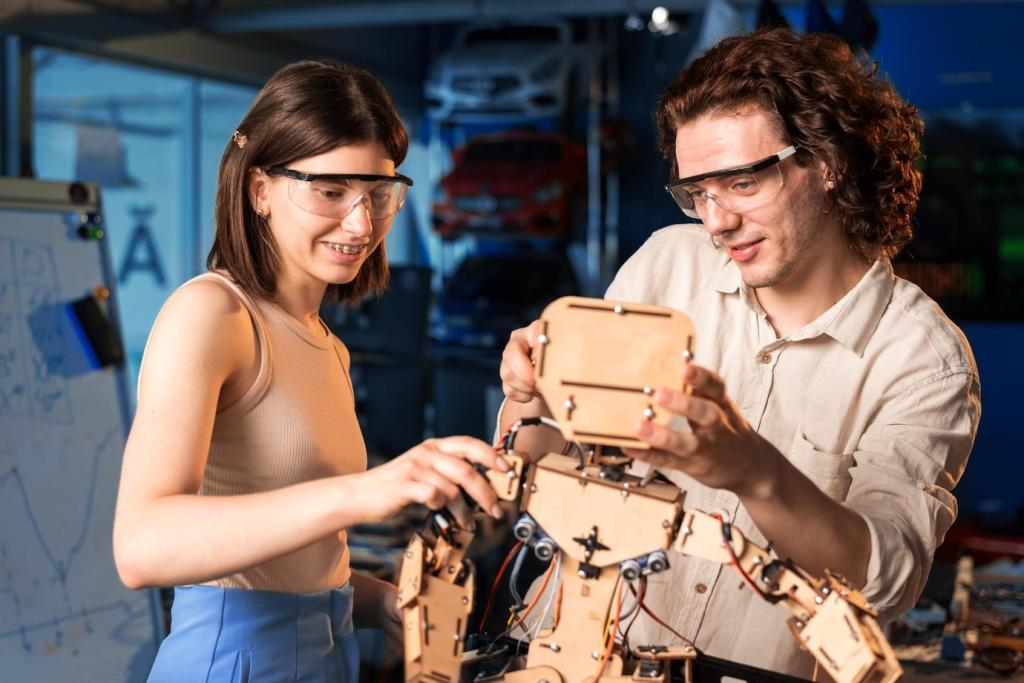
Hands-On Activities to Start Today
Build a maze from recycled boxes and tape, then program a floor robot to reach a sticker treasure. Learners estimate turns, test routes, and revise plans together, celebrating each near-miss as valuable feedback toward smarter paths and clearer instructions.
Math in Motion
Count steps, compare distances, and recognize patterns while planning a robot’s route. Young learners experience measurement through movement, noticing how two short turns may equal one long arc and how consistent units make their instructions clearer and more reliable.
Science Through Testing and Tinkering
Treat each run as a mini experiment. Make a prediction, test, and adjust. Learners ask why the robot veered near a corner, propose explanations, and refine their code, building habits of observation and iterative thinking that feel like playful discovery.
Language and Storytelling
Invite children to narrate the robot’s journey using vivid verbs and direction words. They compose mini scripts, describe problems, and present solutions. Speaking and listening become essential tools that deepen understanding and build confidence among even shy voices.
Inclusive, Accessible, and Affordable Robotics
Adapt Instructions for All Learners
Use picture-based cards, tactile arrows, and color-coded cues to support emerging readers and diverse needs. Provide turn-taking roles like navigator, coder, and debugger so each child contributes meaningfully while practicing social language and cooperative problem-solving.
DIY Bots on a Budget
Create bristlebots with toothbrush heads, small motors, and coin-cell batteries for a buzzing introduction to motion and cause-and-effect. Learners decorate their bots, predict how weight or bristles affect speed, and discover engineering joy without expensive kits or screens.
Multiple Models, Same Goals
Whether using directional-button robots, color-reading bots, or block-based apps, keep learning goals constant: clear sequencing, teamwork, and reflection. Offer choices that match attention spans, sensory preferences, and classroom routines while maintaining consistent expectations and celebratory feedback.
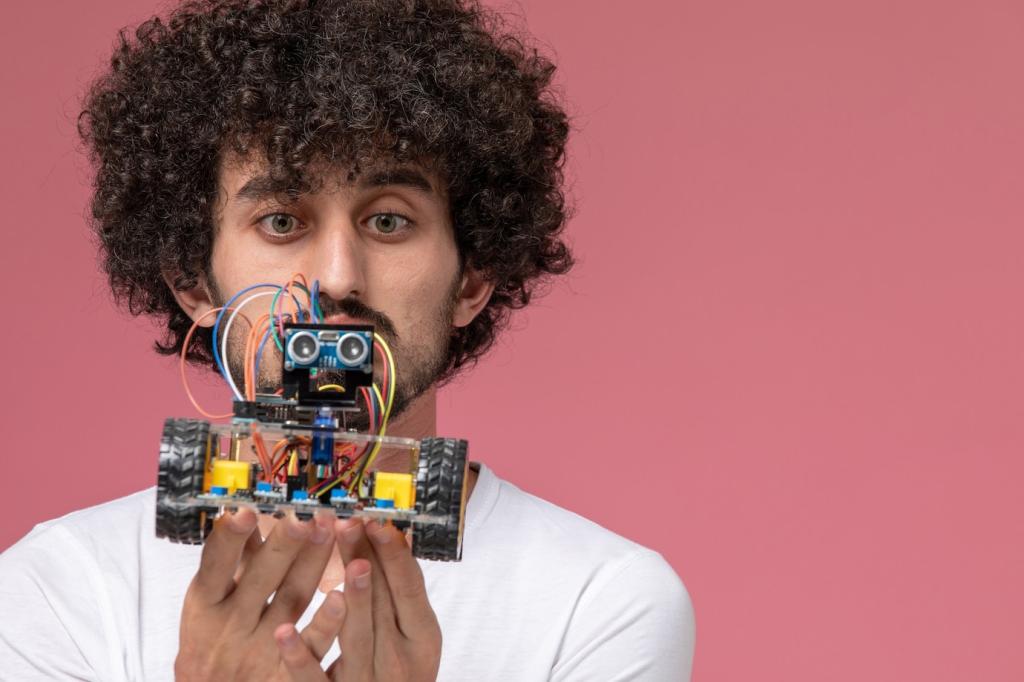
Assessment That Feels Like Encouragement
Document steps with quick photos and learner voice notes explaining intentions and revisions. Visual records help children recall choices, recognize progress, and share their thinking with families, turning assessment into a memory book of persistence and pride.
Family and Community Connections
Host a casual evening where children teach adults to program a short route. Laughter flourishes when a robot bumps a cone and everyone cheers the revised plan. Share printable guides and invite families to comment with photos from home explorations.
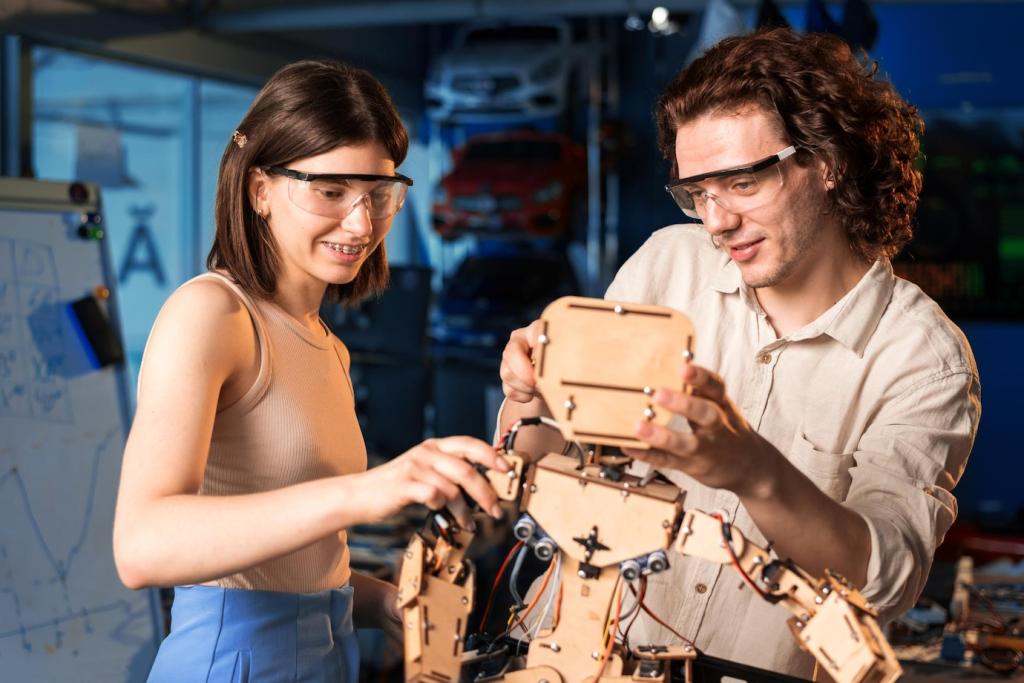
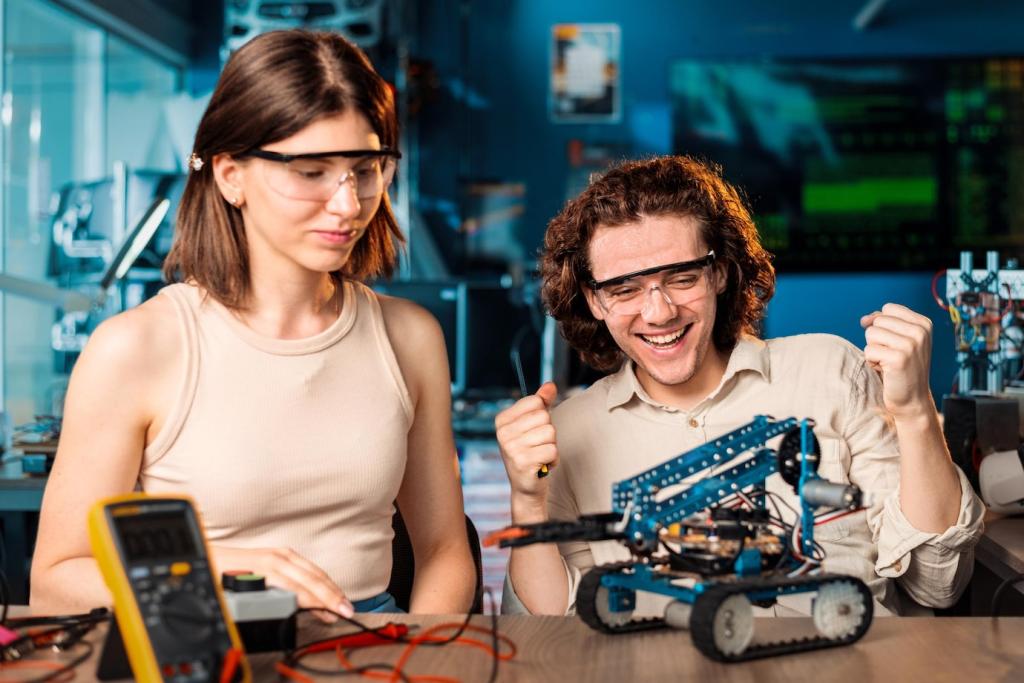
Family and Community Connections
Assemble small kits with direction cards, a paper grid, and suggested routes. Encourage families to invent a story map together and post reflections. Ask them to subscribe for new challenges and share favorite tweaks that made activities fun and manageable.
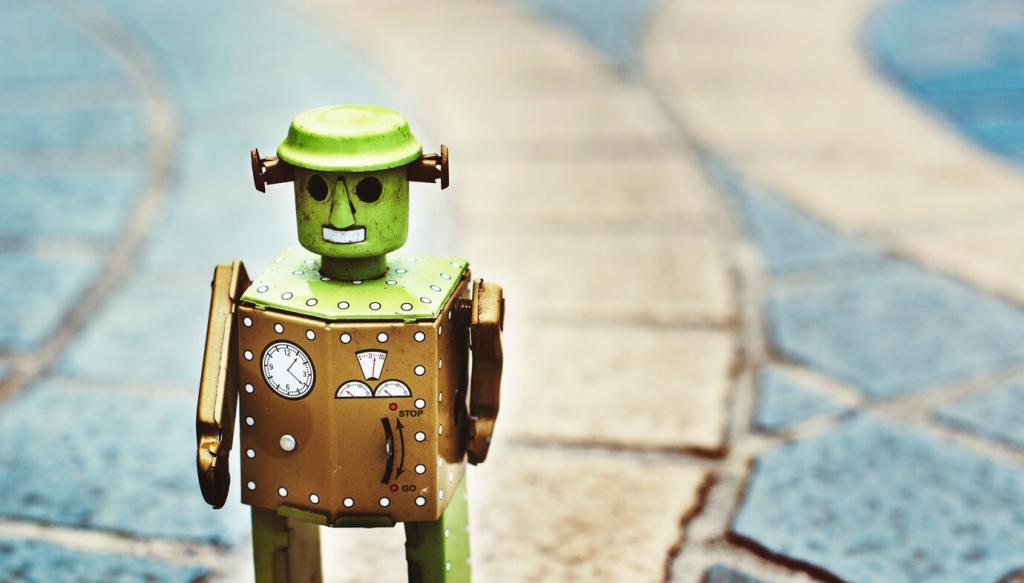
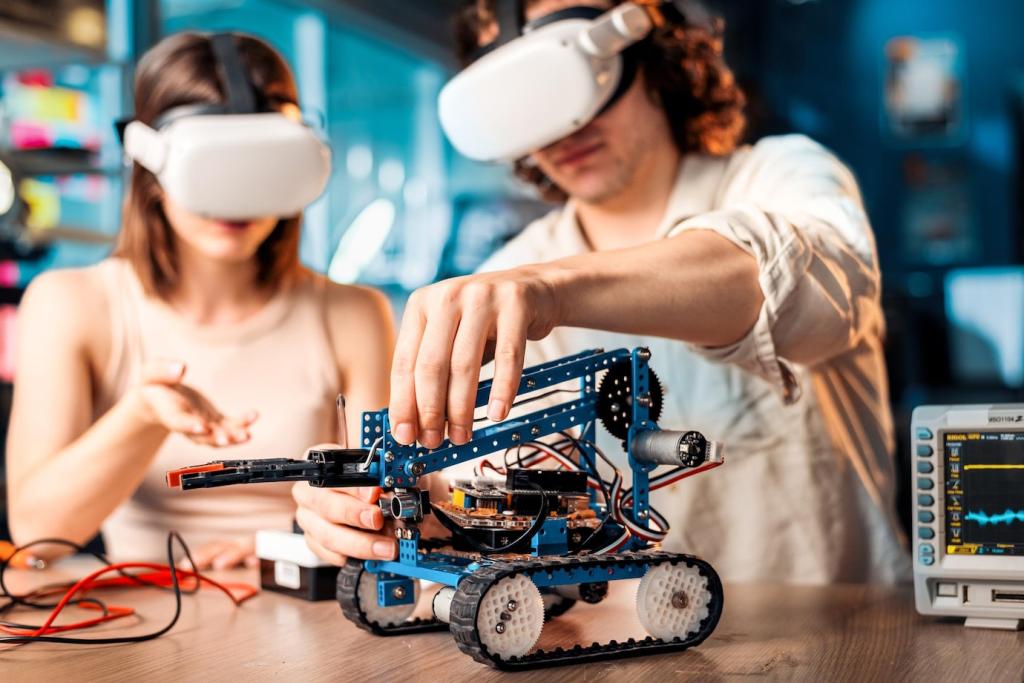
From Buttons to Blocks: Gentle Progression
Start with physical arrows, then match each arrow to a visual code block. Learners discover that symbols can represent actions, building readiness for apps like ScratchJr without losing the joy of predicting, testing, and retelling each robot adventure.
From Buttons to Blocks: Gentle Progression
Combine art, music, and movement. Design costumes for robots, create themed mats, or choreograph a robot dance that responds to colors or beats. Integrating arts invites every child’s strengths while deepening commitment to precision and collaborative problem-solving.
